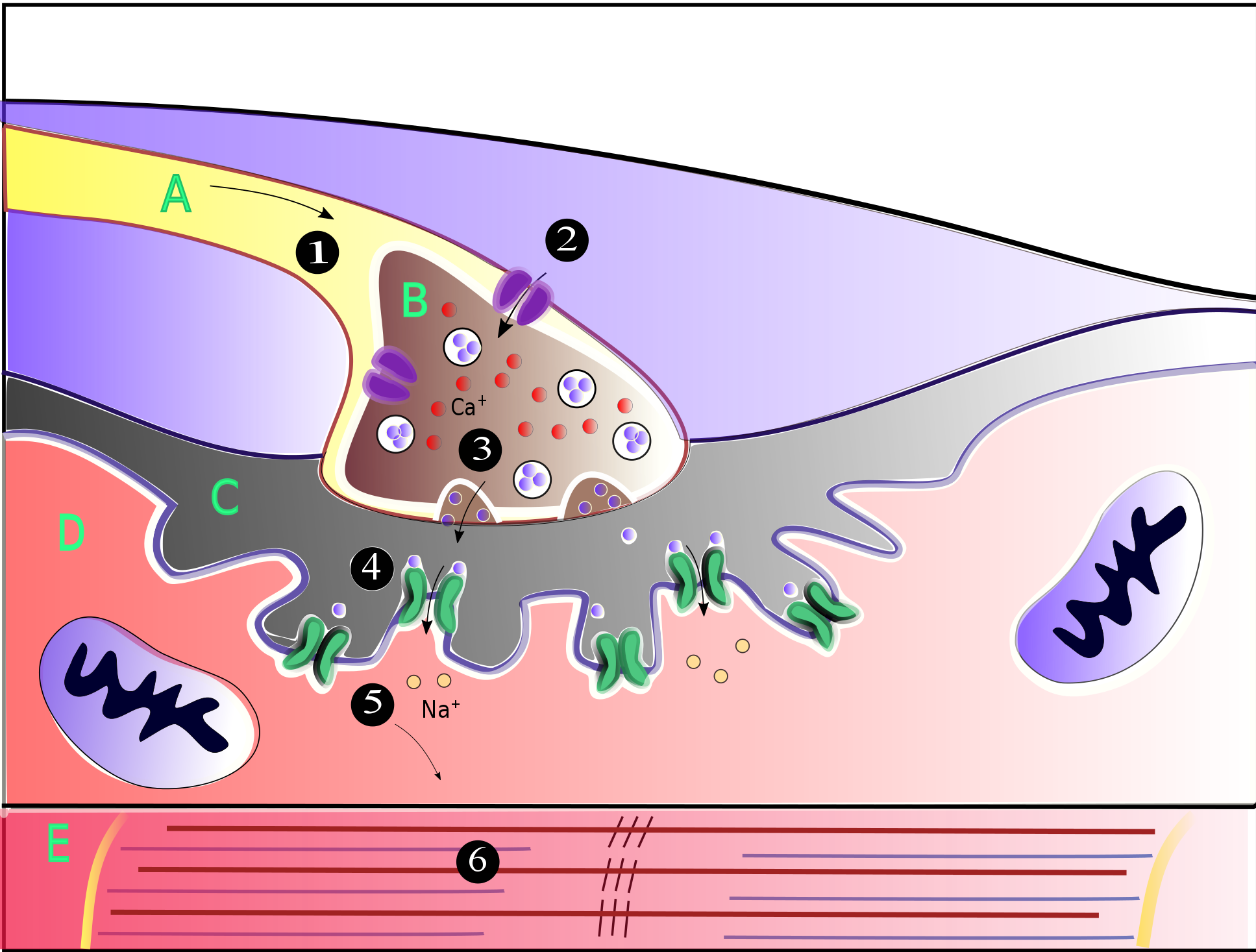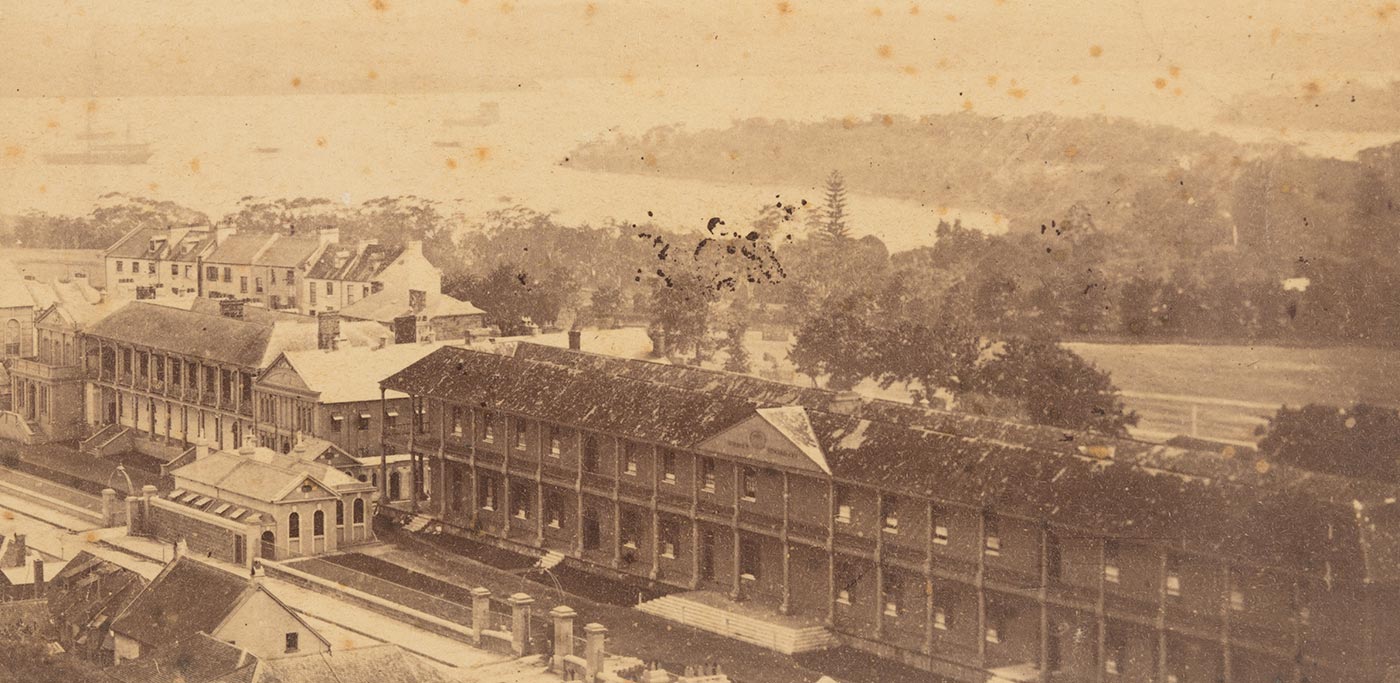|
Stephen William Kuffler
Stephen William Kuffler (August 24, 1913 – October 11, 1980) was a Hungarian-American neurophysiologist. He is often referred to as the "Father of Modern Neuroscience". Kuffler, alongside noted Nobel Laureates Sir John Eccles and Sir Bernard Katz gave research lectures at the University of Sydney, strongly influencing its intellectual environment while working at Sydney Hospital. He founded the Harvard neurobiology department in 1966, and made numerous seminal contributions to our understanding of vision, neural coding, and the neural implementation of behavior. He is known for his research on neuromuscular junctions in frogs, presynaptic inhibition, and the neurotransmitter GABA. In 1972, he was awarded the Louisa Gross Horwitz Prize from Columbia University. Early Life Stephen Kuffler was born on August 24, 1913, in Táp, a village in Hungary. His father, Wilhelm Kuffler, was a landowner living on a large estate. After his mother died when he was five years old, Steve was ... [...More Info...] [...Related Items...] OR: [Wikipedia] [Google] [Baidu] |
Táp
Táp is a village in Győr-Moson-Sopron county, Hungary. In 1588 it was undivided property of Count János Cseszneky and András Farkas, later was in the hands of Cseszneky Cseszneky is a surname of Hungarians, Hungarian origin. Notable people * Benedek Cseszneky, office holder, diplomat * György Cseszneky, castellan of Tata, Hungary, Tata and Győr * Gyula Cseszneky (1914-ca 1970) poet, translator, Macedonian Voivo ... heirs. History The village is first mentioned in a 1237 decree where it is referred to as Tapan. Over time the name was shortened to its current form. According to another document from the end of the 13th century the village contained 195 houses however was nearly destroyed by fire in 1881. The town's name was formally registered as Táp in 1898 and the village's current flag and crest was registered in 1992. As a result of land reform following World War I the land within the village was broken up into smaller parcels. In further land reform following World ... [...More Info...] [...Related Items...] OR: [Wikipedia] [Google] [Baidu] |
Louisa Gross Horwitz Prize
The Louisa Gross Horwitz Prize for Biology or Biochemistry is an annual prize awarded by Columbia University to a researcher or group of researchers who have made an outstanding contribution in basic research in the fields of biology or biochemistry. The prize was established at the bequest of S. Gross Horwitz and is named to honor his mother, Louisa Gross Horwitz, the daughter of trauma surgeon Samuel D. Gross. The prize was first awarded in 1967. As of October 2024, 55 (47%) of the 117 prize recipients have subsequently been awarded the Nobel Prize in Physiology or Medicine (44) or Chemistry (11). It is regarded as one of the important precursors of a future Nobel Prize award. Recipients *1967 Luis Leloir (1970 Chemistry) *1968 Har Gobind Khorana (1968 Physiology or Medicine), Marshall Warren Nirenberg (1968 Physiology or Medicine) *1969 Max Delbrück (1969 Physiology or Medicine), Salvador E. Luria (1969 Physiology or Medicine) *1970 Albert Claude (1974 Physiology or Me ... [...More Info...] [...Related Items...] OR: [Wikipedia] [Google] [Baidu] |
Chemical Synapse
Chemical synapses are biological junctions through which neurons' signals can be sent to each other and to non-neuronal cells such as those in muscles or glands. Chemical synapses allow neurons to form circuits within the central nervous system. They are crucial to the biological computations that underlie perception and thought. They allow the nervous system to connect to and control other systems of the body. At a chemical synapse, one neuron releases neurotransmitter molecules into a small space (the synaptic cleft) that is adjacent to another neuron. The neurotransmitters are contained within small sacs called synaptic vesicles, and are released into the synaptic cleft by exocytosis. These molecules then bind to neurotransmitter receptors on the postsynaptic cell. Finally, the neurotransmitters are cleared from the synapse through one of several potential mechanisms including enzymatic degradation or re-uptake by specific transporters either on the presynaptic cell or ... [...More Info...] [...Related Items...] OR: [Wikipedia] [Google] [Baidu] |
Neuromuscular Junction
A neuromuscular junction (or myoneural junction) is a chemical synapse between a motor neuron and a muscle fiber. It allows the motor neuron to transmit a signal to the muscle fiber, causing muscle contraction. Muscles require innervation to function—and even just to maintain muscle tone, avoiding atrophy. In the neuromuscular system, nerves from the central nervous system and the peripheral nervous system are linked and work together with muscles. Synaptic transmission at the neuromuscular junction begins when an action potential reaches the presynaptic terminal of a motor neuron, which activates voltage-gated calcium channels to allow calcium ions to enter the neuron. Calcium ions bind to sensor proteins (synaptotagmins) on synaptic vesicles, triggering vesicle fusion with the cell membrane and subsequent neurotransmitter release from the motor neuron into the synaptic cleft. In vertebrates, motor neurons release acetylcholine (ACh), a small molecule neurotransmitter, which ... [...More Info...] [...Related Items...] OR: [Wikipedia] [Google] [Baidu] |
Neural Coding
Neural coding (or neural representation) is a neuroscience field concerned with characterising the hypothetical relationship between the Stimulus (physiology), stimulus and the neuronal responses, and the relationship among the Electrophysiology, electrical activities of the neurons in the Neuronal ensemble, ensemble. Based on the theory that sensory and other information is represented in the brain by Biological neural network, networks of neurons, it is believed that neurons can encode both Digital data, digital and analog signal, analog information. Overview Neurons have an ability uncommon among the cells of the body to propagate signals rapidly over large distances by generating characteristic electrical pulses called action potentials: voltage spikes that can travel down axons. Sensory neurons change their activities by firing sequences of action potentials in various temporal patterns, with the presence of external sensory stimuli, such as light, sound, taste, Olfaction, sm ... [...More Info...] [...Related Items...] OR: [Wikipedia] [Google] [Baidu] |
Visual Perception
Visual perception is the ability to detect light and use it to form an image of the surrounding Biophysical environment, environment. Photodetection without image formation is classified as ''light sensing''. In most vertebrates, visual perception can be enabled by photopic vision (daytime vision) or scotopic vision (night vision), with most vertebrates having both. Visual perception detects light (photons) in the visible spectrum reflected by objects in the environment or emitted by light sources. The light, visible range of light is defined by what is readily perceptible to humans, though the visual perception of non-humans often extends beyond the visual spectrum. The resulting perception is also known as vision, sight, or eyesight (adjectives ''visual'', ''optical'', and ''ocular'', respectively). The various physiological components involved in vision are referred to collectively as the visual system, and are the focus of much research in linguistics, psychology, cognitive s ... [...More Info...] [...Related Items...] OR: [Wikipedia] [Google] [Baidu] |
Harvard
Harvard University is a private Ivy League research university in Cambridge, Massachusetts, United States. Founded in 1636 and named for its first benefactor, the Puritan clergyman John Harvard, it is the oldest institution of higher learning in the United States. Its influence, wealth, and rankings have made it one of the most prestigious universities in the world. Harvard was founded and authorized by the Massachusetts General Court, the governing legislature of colonial-era Massachusetts Bay Colony. While never formally affiliated with any denomination, Harvard trained Congregational clergy until its curriculum and student body were gradually secularized in the 18th century. By the 19th century, Harvard emerged as the most prominent academic and cultural institution among the Boston elite. Following the American Civil War, under Harvard president Charles William Eliot's long tenure from 1869 to 1909, Harvard developed multiple professional schools, which transfo ... [...More Info...] [...Related Items...] OR: [Wikipedia] [Google] [Baidu] |
Sydney Hospital
Sydney Hospital, historically known as the Rum Hospital, is a major hospital in Sydney, Australia, located on Macquarie Street in the Sydney central business district. It is the oldest hospital in Australia, dating back to 1788, and has been at its current location since 1811. It first received the name Sydney Hospital in 1881. Currently the hospital comprises 113 inpatient beds. There are about 400 staff members. Specialist services attract patients from all over New South Wales. It specialises in ophthalmology and hand surgery and is a referral hospital for patients requiring these services. It also houses a rudimentary 6-bed Emergency Department. Sydney Hospital became a teaching hospital of the University of Sydney in 1909. Sydney Hospital is associated with Sydney Medical School of the University of Sydney through the Discipline of Clinical Ophthalmology and Eye Health and Save Sight Institute. It is also the location of a number of research institutes associated with the ... [...More Info...] [...Related Items...] OR: [Wikipedia] [Google] [Baidu] |
Bernard Katz
Sir Bernard Katz, FRS (; 26 March 1911 – 20 April 2003) was a German-born British physician and biophysicist, noted for his work on nerve physiology; specifically, for his work on synaptic transmission at the nerve-muscle junction. He shared the Nobel Prize in physiology or medicine in 1970 with Julius Axelrod and Ulf von Euler. He was made a Knight Bachelor in 1969. Life and career Katz was born in Leipzig, Germany, to a Jewish family originally from Russia, the son of Eugenie (Rabinowitz) and Max Katz, a fur merchant. He was educated at the Albert Gymnasium in that city from 1921 to 1929 and went on to study medicine at the University of Leipzig. He graduated in 1934 and fled to Britain in February 1935. Katz went to work at University College London, initially under the tutelage of Archibald Vivian Hill. He finished his PhD in 1938 and won a Carnegie Fellowship to study with John Carew Eccles at the Kanematsu Institute of Sydney Medical School. During this time, bot ... [...More Info...] [...Related Items...] OR: [Wikipedia] [Google] [Baidu] |
John Eccles (neurophysiologist)
Sir John Carew Eccles (27 January 1903 – 2 May 1997) was an Australian neurophysiologist and philosopher who won the 1963 Nobel Prize in Physiology or Medicine for his work on the synapse. He shared the prize with Andrew Huxley and Alan Lloyd Hodgkin. Life and work Early life Eccles was born in Melbourne, Australia. He grew up there with his two sisters and his parents: William and Mary Carew Eccles (both teachers, who home schooled him until he was 12). He initially attended Warrnambool High School originally published in ''Historical Records of Australian Science'', vol.13, no.4, 2001. (now Warrnambool College) (where a science wing is named in his honour), then completed his final year of schooling at Melbourne High School. Aged 17, he was awarded a senior scholarship to study medicine at the University of Melbourne. As a medical undergraduate, he was never able to find a satisfactory explanation for the interaction of mind and body; he started to think about becoming ... [...More Info...] [...Related Items...] OR: [Wikipedia] [Google] [Baidu] |
Biographical Memoirs Of Fellows Of The Royal Society
The ''Biographical Memoirs of Fellows of the Royal Society'' is an academic journal on the history of science published annually by the Royal Society. It publishes obituaries of Fellows of the Royal Society. It was established in 1932 as ''Obituary Notices of Fellows of the Royal Society'' and obtained its current title in 1955, with volume numbering restarting at 1. Prior to 1932, obituaries were published in the '' Proceedings of the Royal Society''. The memoirs are a significant historical record and most include a full bibliography of works by the subjects. The memoirs are often written by a scientist of the next generation, often one of the subject's own former students, or a close colleague. In many cases the author is also a Fellow. Notable biographies published in this journal include Albert Einstein, Alan Turing, Bertrand Russell Bertrand Arthur William Russell, 3rd Earl Russell, (18 May 1872 – 2 February 1970) was a British philosopher, logician, mathematic ... [...More Info...] [...Related Items...] OR: [Wikipedia] [Google] [Baidu] |



